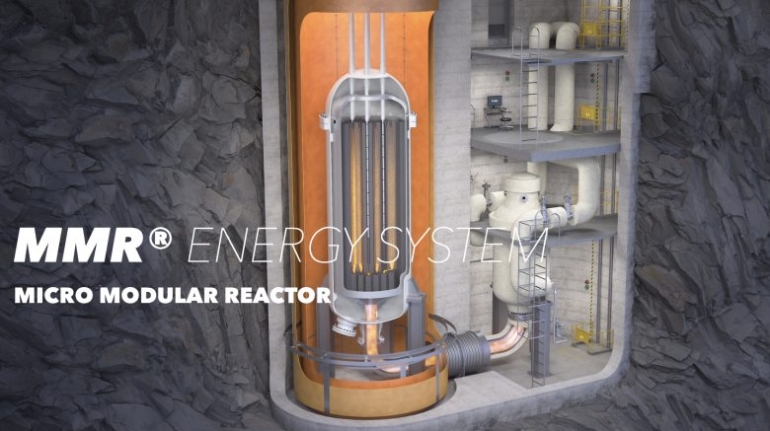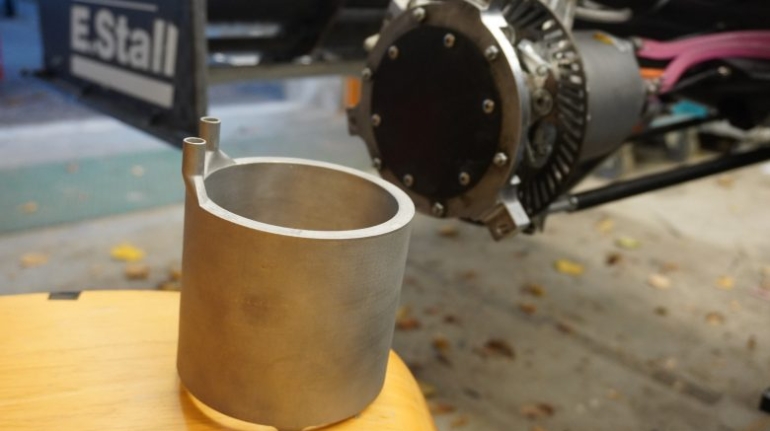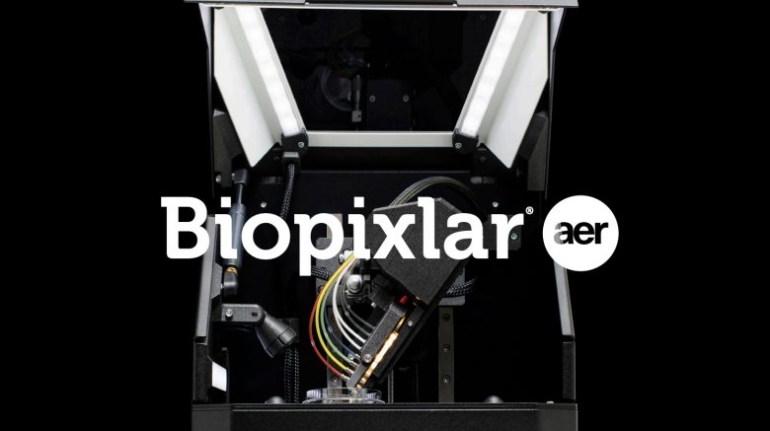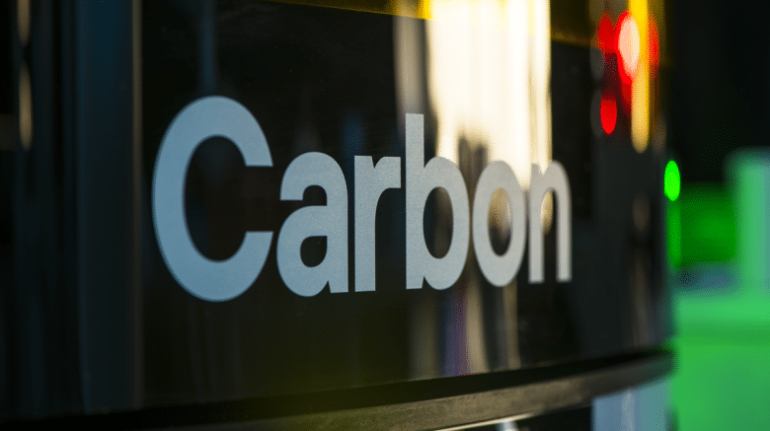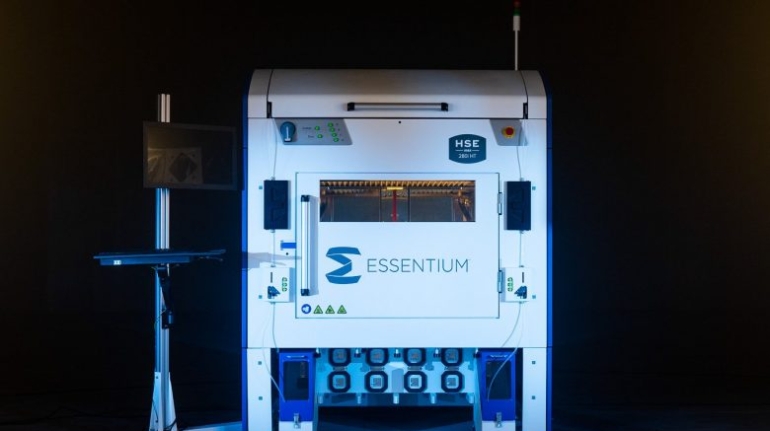Bioprinting tissues, one cell at a time, with Biopixlar AER 3D Printer Hardware
When the larger public imagines bioprinting they tend to imagine a machine that builds cellular tissues adding one cell after the other. Generally, that’s not the case, as most technologies leverage bioinks and hydrogels to create scaffolds and deposit the cellular materials. Fluicell’s microfluidic bioprinting technology first delivered single-cell printing capabilities with the original Biopixlar platform in 2019. Now, with the new Biopixlar AER, these capabilities become accessible to a much broader target of users. We exclusively caught up with Victoire Viannay, CEO of Fluicell, to learn more about this technology and the possibilities it opens for new applications.


